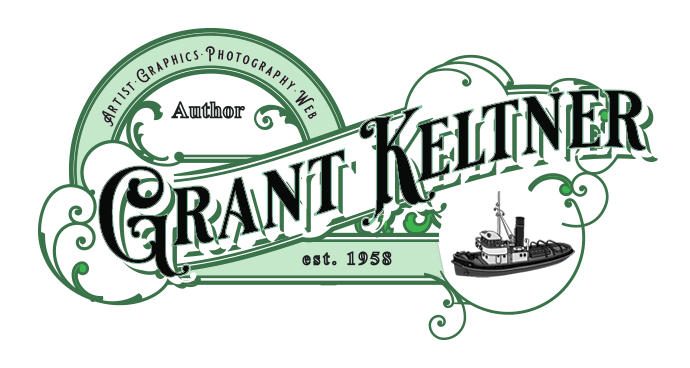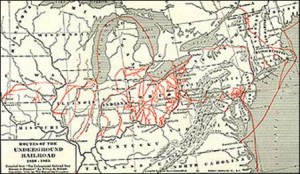The Road to Freedom
My mother’s great grandparents owned a farm outside Burlington, Wisconsin. The town is located in the southern part of the state. The size was close to 100 acres. They raised livestock and planted crops every spring. It was a peaceful setting that included creeks and a few ponds that were stocked with trout. Lush green meadows surrounded the ponds. A big barn and silo sat on the property. Dogs barked, cats ran in and out of the barn, geese would fly into the meadows during migration, and cows and goats would roam around in the fields. It was a great place to raise a family in 1861.
The winters were cold in Wisconsin. Bitter winters left my relatives hard- pressed in tending to the farm. Snow drifts of close to five or six feet weren’t uncommon. It was a hard life. The Civil War was raging on and the United States was fighting a fierce war with the Confederacy over slavery. Wisconsin was on the side of the north, on the side fighting to gain freedom for the slaves.
My great great grandparents helped several slaves escape. At night, usually late in the evening or in the early morning hour one of the families in the railroad would lead people to a large meadow that bordered my relative’s farm. Crickets would carry on with a symphony of music, a lantern was lit and waved from a nearby group of trees. This signal would let my great great grandparents know that slaves, fleeing for their freedom were at the other end of the lantern. My relatives would stand by their barn waiting for a wave or flicker of light. When they saw the lantern from across the field they would light a lantern from their end and signal back to the slaves waiting to reach safety at the farm.
They were very active in helping the slaves attain their freedom. I’m very proud of them for helping those looking for a better life. In their minds, they felt that the slaves should be given freedom and be treated like any other person in the country. They became involved with other families to form what was known as the “Underground Railroad” in the state of Wisconsin.
The Underground Railroad was a collection of an informal network of secret routes and safe houses leading African American slaves in the United States to escape to Free states and Canada with the aid of abolitionists. It was considered to be an underground resistance incorporating railroad terminology used by the conductors (individuals that would help guide the slaves to escape).
Not many people associated with the Underground Railroad knew about the operation or how it worked. Things were kept quiet. The resting stops were given code names; conductors led them along the railroad. At night the slaves would travel up to 20 miles per night. At each station they would rest. Sometimes they traveled by boat or train.
Harriet Tubman made the journey many times. Federal marshals and professional bounty hunters known as slave catchers often pursued fugitives as far away as the Canadian border. Between 1842 and 1861 more than 100 slaves appear to have been helped to freedom. Due to the secrecy details of how the fugitives passed through Wisconsin are scarce.
Once that the slaves in waiting saw the lantern being waved by my great great grandparents they would start to walk through the meadow leading to the barn. The meadow was close to five acres wide. Sometimes three or four families would make their way through the field. At other times five or six families would make their way through hot sun, snow, freezing rain just to find safety in the barn.
When the slaves made it to the barn my relatives would rush them into a special area set up for them to wash, eat, and sleep. They were given blankets, food and clothes. Beds were set up in the barn. Once everybody was in the barn my great great grandparents would slide the barn door shut and walk to the farmhouse located across from the barn. The dogs would bark well into the night. The slaves would try to sleep the best that they could.
Roosters would start to cackle waking the guests in the early morning. During the day people would gather food, stitch worn clothes, and make sure warn shoes had enough sole left to get them through the trek north. Some slaves had babies with them, others had small children. It wasn’t uncommon in having elderly people make the trek. They were searching for a better place to call home.
Usually the next evening, late in the night, the slaves were lead down a trail heading north. The trail crossed a creek and led then into a small thicket of trees that sat next to a large meadow. My great great grandparents would light a lantern, wave it and wait. Across the meadow a lantern would be lit and waved back. The slaves would start on their way to another link in the chain to freedom. They would disappear in the night under the cover of darkness.
This undertaking continued on for close to two more years. Through family I have learned that my great great grandparents helped free almost one hundred slaves. The family farm was eventually sold and the story of the railroad was passed down through the generations.
I’m proud of my relatives and their fight to help families attain the road to freedom. I can only imagine the hardships that many of these people faced and encountered along the way.

